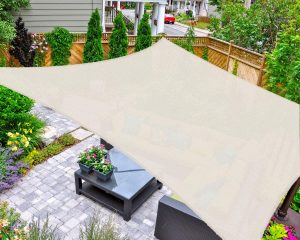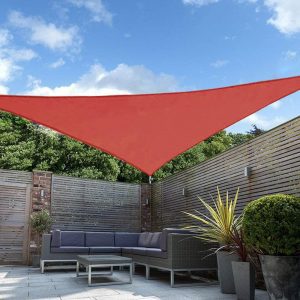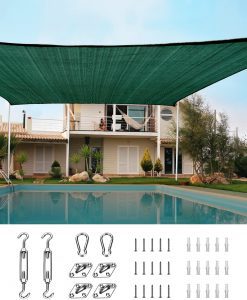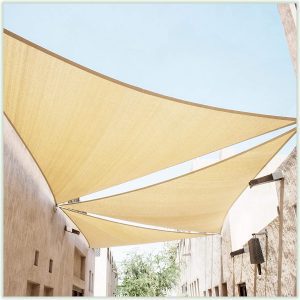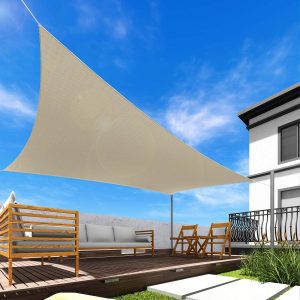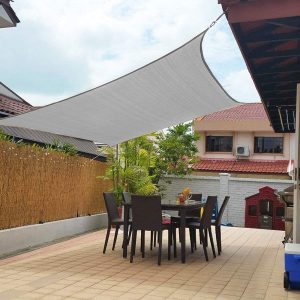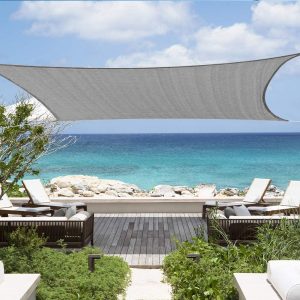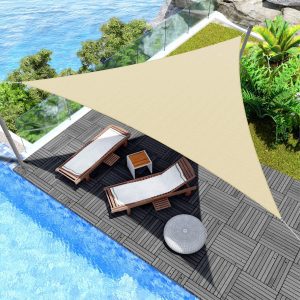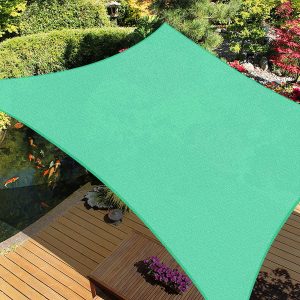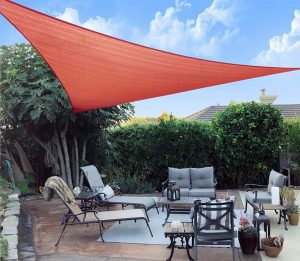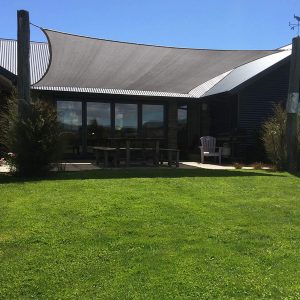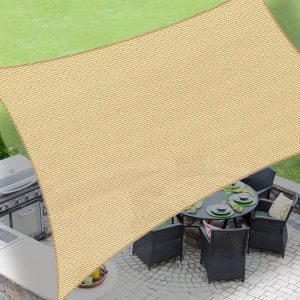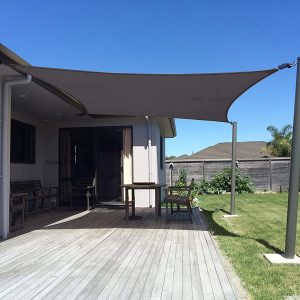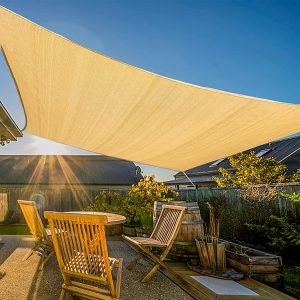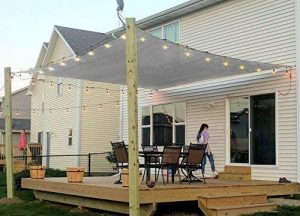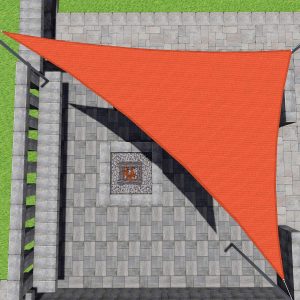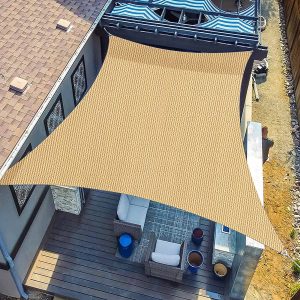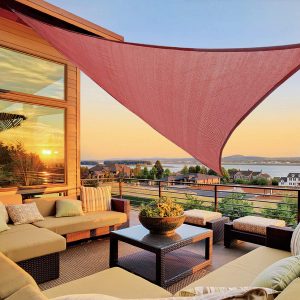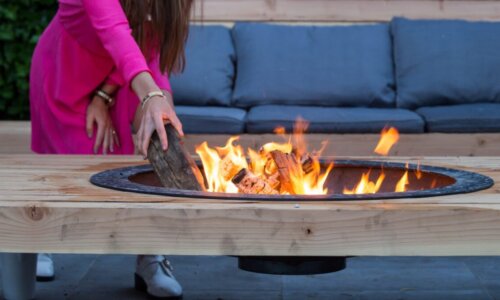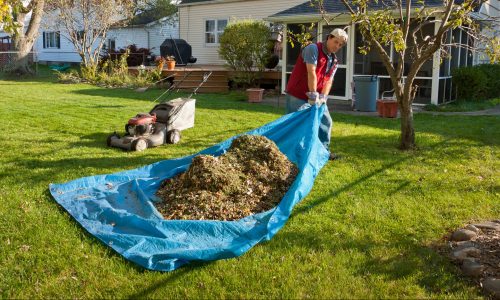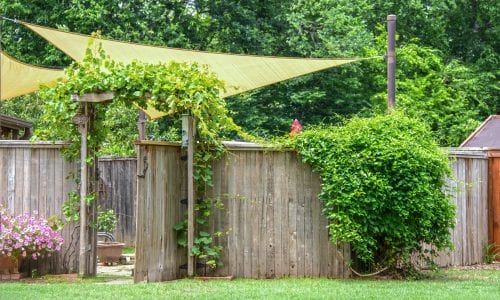The Best Shade Sails
We looked at the top 18 Shade Sails and dug through the reviews from 25 of the most popular review sites including and more. The result is a ranking of the best Shade Sails.
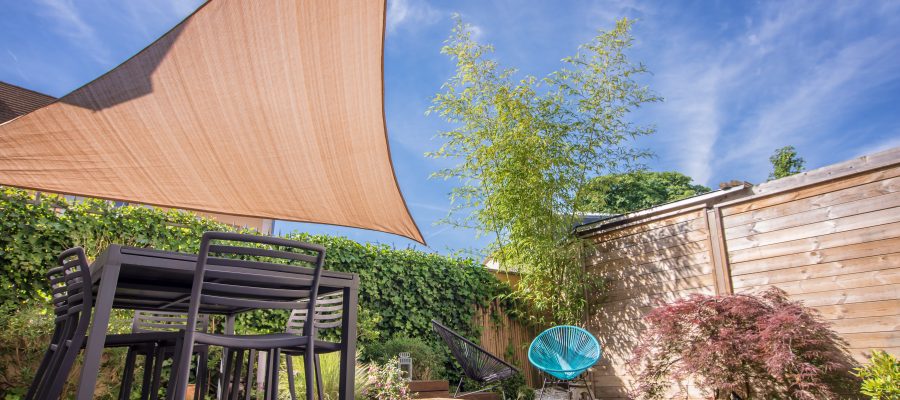
Our Review Process
Don't Waste Your Money is focused on helping you make the best purchasing decision. Our team of experts spends hundreds of hours analyzing, testing, and researching products so you don't have to. Learn more.
Our Picks For The Top Shade Sails
- 1. AsterOutdoor Polyethylene Fabric & Ropes Sun Shade
- 2. Shade&Beyond Triangular Shade Sail
- 3. Quictent Rectangular HDPE UV-Blocking Shade Sail
- 4. ColourTree Triangular UV-Blocking Mesh Shade Sail
- 5. Windscreen4less Rectangular Fade-Resistant Shade Sail
- 6. Artpuch Rectangular HDPE Shade Sail
- 7. Shade&Beyond 185 GSM UV Protected Fabric Sun Shade
- 8. Windscreen4less Triangular Commercial-Grade Shade Sail
- 9. iCOVER Breathable HDPE Fabric Sun Shade
- 10. SUNNY GUARD Triangular Shade Sail
- 11. SUNLAX Rectangular UV-Blocking Shade Sail
- 12. LOVE STORY Rectangular UV-Blocking Shade Sail
- 13. SUNNY GUARD Stainless Steel D-Rings Sun Shade
- 14. Artpuch Double Layer Webbing Sun Shade
- 15. COCONUT Permeable Fabric Design Sun Shade
- 16. Patio High-Density UV Block Fabric Sun Shade
- 17. SUNLAX Knitted HDPE Mesh Sun Shade
- 18. LOVE STORY Full Cut Construction Sun Shade
The lightweight design of this sun shade makes it easy to move around as you need it. It’s made from high-density polyethylene fabric with sturdy stitching on the seams and stainless-steel D-rings. The material is breathable while also providing 95% protection against UV rays.
Durable and ProtectiveA rectangular sail shape and strong stitching help this sun shade hold up against the rigors of outdoor use.
This shade sail is breathable and offers good ventilation. It is easy to install and maintain. The sail protects you from up to 98 percent of UV rays.
Breathable MaterialThis shade sail allows air to pass through for better ventilation.
This shade sail is made from high-quality materials and can hold up against wind and rain. It offers 98 percent UV protection. The sail brings the temperature down considerably in the shade.
High QualityThis shade sail is sturdy enough to hold up against wind and rain.
This shade sail is highly durable and made from a UV-stabilized thick material. The edges are constructed with double layers. The shade sail hardware kits are sold separately.
Very DurableThis shade sail is made from a UV-stabilized thick material.
Buying Guide
If you love enjoying the warm weather outside on your deck or patio but hate when it gets unbearably hot because of the sun, getting a shade sail may be a good idea. This solution is often more affordable than patio umbrellas and pergolas and can offer the same type of shade to make you feel more comfortable while you’re outside. Designed in a similar way to the type of sails used on a ship, the shade sail flexible membranes are tied to multiple anchor points. Shade sails can be installed as a permanent fixture or moved depending on your needs.
Shade sails offer a number of benefits. The most obvious one is shade from the scorching sun, making it feel cooler and more enjoyable for you and your guests. In addition to that, shade sails can offer UV protection, which protects your skin from damage. This is especially handy if you plan to sit outside for long periods of time. Another great benefit of shade sails is that they are more versatile than other types of sun covers. They are easier to install on most buildings or structures. Plus, they are available in many shapes and sizes, so you can configure something to cover your space or parts of your space exactly as you want.
Shade sails also offer privacy from neighbors, as well as protection from rain and wind. They are highly durable and can last for years in all weather conditions. Plus, there are many choices in terms of colors and patterns, so you can choose a shade sail that reflects your style and matches with the patio décor.
MORE: Keep The Elements Out With The Best Patio Furniture Covers
Why we recommend these shade sails?
Products Considered
Products Analyzed
Expert Reviews Included
User Opinions Analyzed
Our experts reviewed the top 18 Shade Sails and also dug through the reviews from 25 of the most popular review sites including and more. The result is a ranking of the best of the best Shade Sails.
DWYM is your trusted roduct review source. Our team reviews thousands of product reviews from the trusted top experts and combines them into one easy-to-understand score. Learn more.
The Best Bang For Your Buck
ColourTree Triangular UV-Blocking Mesh Shade Sail
Key Takeawy
This shade sail is highly durable and made from a UV-stabilized thick material. The edges are constructed with double layers. The shade sail hardware kits are sold separately.
What other experts liked
What other experts didn't like
What to Look For
- It’s important to do some pre-planning before you get a shade sail. Keep in mind that the sun will not be in the same place all day, so you have to consider coverage based on where the sun will be at different times of the day. For example, you will require different sun coverage in the morning versus the afternoon. Consider when you most often plan to sit outside, where the sun will be in at that time and what areas you will need coverage in.
- Depending on your backyard space, you may already have building structures from which you can anchor the sail, such as the side of your house and the shed, for example. In other cases, you may not have any space for anchoring, and may need to build a small structure to hold the sail. Factor this into your costs and planning.
- What type of shade cloth is best for you? You should consider criteria such as water resistance, durability and strength. If you live in an area that gets a lot of rain, then you will definitely want to get a cloth that is water resistant. Another important criteria is the level of UV protection the sail provides. If you plan on using the shade sail in the middle of the day when the UV index is at its highest, it’s best to look for a shade sail that offers high UV protection.
- If you have an oddly shaped area, keep in mind that you can use multiple shade sails in different shapes to get the coverage you need. For example, you can use a triangle sail in one place and a rectangular one in another in order to get shade all over the area.
- For more UV protection for your home, check out our recommendations for the best window film to block heat.
More to Explore
Can you leave your shade sail up year-round? It all depends on the climate you’re in and the type of weather you get. If you get severe winters, it may make sense to take down the shade sails once the snow starts and put it back up in springtime so it doesn’t get damaged by the cold and the weight of the snow. The same goes for if you live in an area that gets strong winds in certain seasons. While shade sails can handle some wind, they may get damaged with strong winds. If you live in a sunny climate that is typically warm, you can leave your shade sail up year-round.

